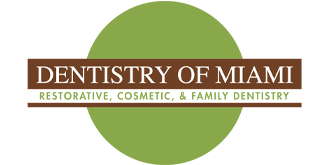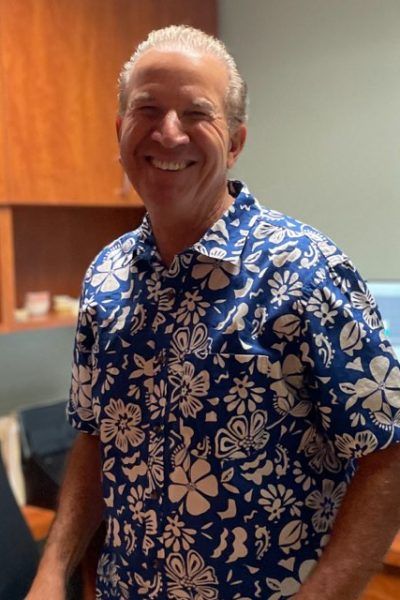Orthodontic care is a careful process that requires applying leverage and pressure. Accomplishing this precision is accomplished using a variety of techniques and appliance designs. One recent innovation has made an essential change in how these forces are applied during orthodontic care. That innovation is temporary anchorage devices or TADs. These devices make it possible to create anchorage points where it was previously impossible to do so. This innovation has improved the effectiveness of orthodontic care and made it easier to make these adjustments without the need for cumbersome exterior anchorages.
How Temporary Anchorage Devices Have Changed Orthodontic Care
The orthodontic treatment procedure consists of several essential steps aiming to move teeth into correct positions. During this process, different anchorage points are used to ensure that the teeth that need to move do so. However, previous approaches to this process often involved using other teeth as the aforementioned anchorage points. While generally safe, this ran the risk of causing the anchoring teeth to move out of position in undesired ways. To avoid this, other anchor points would sometimes be used instead. For example, a unique piece of headgear may have been needed.
If you’ve seen Johnny Depp’s Charlie and the Chocolate Factory, you have a good idea of how unpleasant this could be for the patient. Admittedly, the headgear shown in the film was exaggerated, but it demonstrates the point satisfactorily. Temporary anchorage points are a modern answer to this concern. They are small titanium screws that are set into the jawbone at strategic points to allow for anchor points that were previously unavailable. Other benefits of TADs include the following:
- avoiding the use of other teeth as anchorage points
- providing additional security for teeth being used as anchorage points
- eliminate the need for cumbersome external gear for creating anchor points
- being simple to install and remove
Temporary anchorage devices are relatively simple to put in place. The process is similar to that used with larger dental implants but on a smaller scale. A guide hole will be drilled into the jawbone to aid the placement of the TAD. Once it heals, these devices will remain in place until the orthodontic treatment process no longer requires them. After completing your orthodontic care, they’ll be removed in a simple follow-up procedure. The process is generally painless, requiring only over-the-counter medication to manage any discomfort that may result.
Speak To Your Dentist About Temporary Anchorage Devices
If you’re preparing to undergo orthodontic care, reach out to your dentist to determine if TADs are an appropriate option for your treatment. You may discover they’ll provide a more positive experience than previous approaches. During your consultation with your dentist, be sure to ask plenty of questions about the overall procedure and what you should expect. Being an active patient is an important part of making educated decisions about your care and how to properly care for yourself before and after the treatment. Call your dentist to schedule your next visit today!


